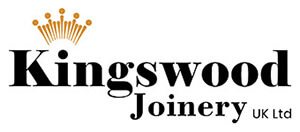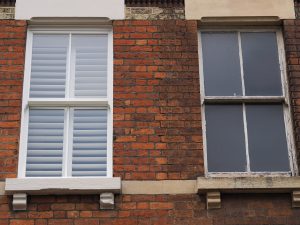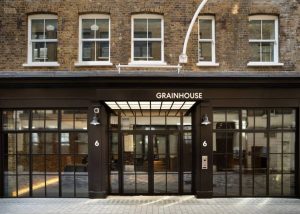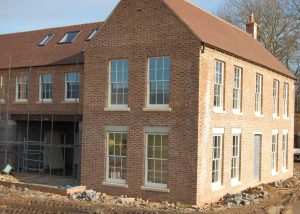Facts about Isleworth
History of Isleworth
Isleworth was a well-cultivated farming and trading settlement, more valuable than many of its neighbours, stretching from the Middlesex bank of the River Thames west to the centre of Hounslow and as far as the borders of Southall at the time of the Norman Conquest in 1066. The Domesday Book as Gistelesworde records its 55 ploughlands, 118 households and amount rendered, £72 per year, to its feudal system overlords.
In 1227, when he took control of England from his childhood regents, Henry III seized Isleworth and other property of the St Valeri family and gave the manor to his brother, Richard, 1st Earl of Cornwall. He built a new moated manor house, which is described in the Black Book of the Exchequer – having a tiled roof, chimney, two bed-chambers and an inner courtyard.
Gemeral Info
Isleworth is a town sited within the London Borough of Hounslow in West London, England. It lies immediately east of the town of Hounslow and west of the River Thames and its tributary the River Crane. Isleworth’s original area of settlement, alongside the Thames, is known as ‘Old Isleworth’. The north-west corner of the town, bordering on Osterley to the north and Lampton to the west, is known as ‘Spring Grove’.
Isleworth’s former Thames frontage of approximately one mile, excluding that of the Syon Park estate, was reduced to little over half a mile in 1994 when a borough boundary realignment was effected in order to unite the district of St Margaret’s wholly within London Borough of Richmond upon Thames. As a result, most of Isleworth’s riverside is that part overlooking the 8.6-acre islet of Isleworth Ait.







